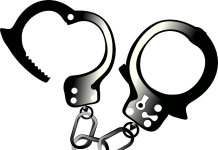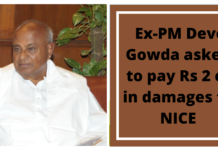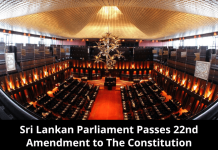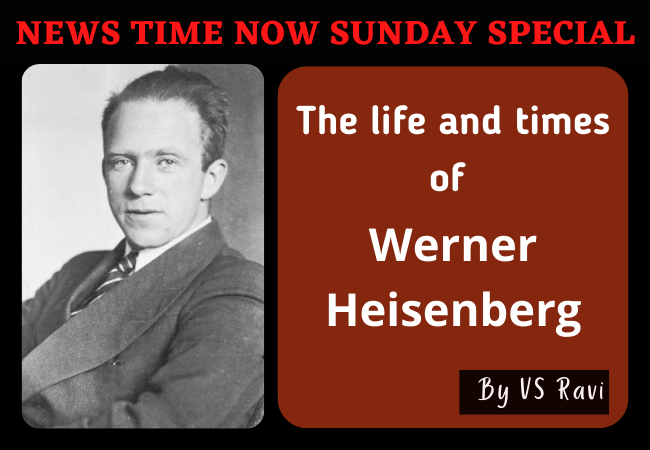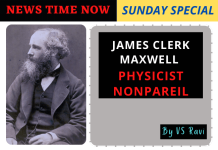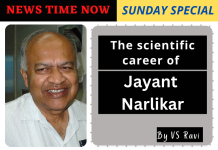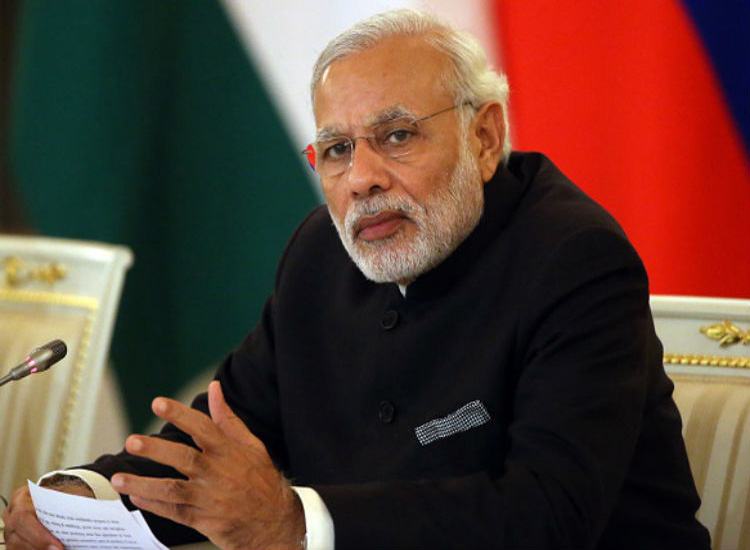Many German scientists who were Jews fled to Europe and America to escape persecution in Nazi Germany. Bur Werner Karl Heisenberg, did not have to leave Germany as he was not a Jew. His father was the professor of Greek at the University of Munich. Heisenberg was born in the year 1901 in Wurzburg. He was educated at the universities of Munich and Gottingen, where in 1923 he obtained his doctorate. After spending the period 1924-26 in Copenhagen working with Niels Bohr, he returned to Germany to take up the professorship of theoretical physics at the University of Leipzig. After the war, Heisenberg returned to Gottingen, where he reestablished the Kaiser Wilhelm Institute for Physics. This was renamed the Max Planck Institute and in 1958 it moved to Munich with Heisenberg as its director, a post he occupied until 1970 when he resigned on the grounds of ill health.
In 1925 Heisenberg formulated a version of quantum theory that became known as matrix mechanics. It was for this work, which was later shown to be formally equivalent to the wave mechanics of Erwin Schrodinger, that Heisenberg was awarded the 1932 Nobel Prize for physics. Heisenberg began in a very radical way, much influenced by Ernst Mach. Considering the various bizarre results emerging in quantum theory, such as the apparent wave particle duality of the electron, his first answer was that it is simply a mistake to think of the atom in visual terms at all. What we really know of the atom is what we can observe of it, namely, the light it emits, its frequency, and its intensity. The need therefore was to be able to write a set of equations that would permit the correct prediction of such atomic phenomena. Heisenberg succeeded in establishing a mathematical formalism that permitted accurate predictions to be made. The method was also developed by Max Born and Pascual Jordan. As they used the then relatively unfamiliar matrix mathematics to develop this system, it is not surprising that physicists preferred the more usual language of wave equations used in the equivalent system of Schrodinger.
In 1927 Heisenberg went on to explore a deeper level of physical understanding when he formulated his famous “uncertainty principle” one of the greatest theories of physics in the 20th century which; that it is impossible to determine exactly both the position and momentum of such particles as the electron. He demonstrated this by simple thought experiments of the following type; if we try to locate the exact position of an electron we must use rays with very short wavelengths such as gamma rays. But by so illuminating it the electron’s momentum will be changed by its interaction with the energetic gamma rays. Alternatively a lower energy wave can be used that will not disturb it as lower energy implies longer wavelength, such radiation will lack the precision to provide the exact location of the electron. There seems to be no way out of such an impasse and Heisenberg went on to express the limits of the uncertainty mathematically.
Δx Δp ≥ h/4π
where Δx is the uncertainty in ascertaining the position in a given direction. Δp is the uncertainty in ascertaining the momentum in that direction, and h is the Planck constant. What the equation tells us is that the product of uncertainties must always be about as great as the Planck constant and can never disappear completely. Further, any attempt made to reduce one element of uncertainty to the minimum can only be done at the expense of increasing the other. The consequence of this failure to know the exact position and momentum is an inability to predict accurately the future position of an electron. Thus, like Max Born, Heisenberg had found it necessary to introduce a basic “indeterminacy” into physics.
After his great achievements in quantum theory in the 1920s Heisenberg later turned his attention to the theory of elementary particles. Thus in 1932, shortly after the discovery of the neutron by James Chadwick, Heisenberg proposed that the nucleus consists of both neutrons and protons. He went further, arguing that they were in fact two states of the same basic entity – the nucleon. As the strong nuclear force does not distinguish between them he proposed that they were isotopes with nearly the same mass, distinguished instead by a property he called isotopic spin. He later attempted the ambitious task of constructing a unified field theory of elementary particles. Although he published a monograph on the topic in 1966 it generated little support.
Unlike many other German scientists Heisenberg remained in Germany throughout World War II and the whole Nazi era. He was certainly no Nazi himself but he thought it essential to remain in Germany to preserve traditional scientific values for the next generation. At one time he came under attack from Nazis for his failure to compromise his support for the physics of Einstein in any way. Thus when, in 1935, he wished to move to the University of Munich to succeed Arnold Sommerfeld he was violently attacked by the party press and, eventually, the post went to little known W. Muller.
With the outbreak of war in 1939 Heisenberg was soon called upon to come to Berlin to direct the program to construct an atom bomb. His exact role in the program has become a matter of controversy. He has claimed that he never had any real intention of making such a bomb, let alone giving it to Hitler. As long as he played a key role he was, he later claimed, in a position to sabotage the program if it ever looked like being a success. He even went so far as to convey such thoughts to Niels Bohr in 1941 when he met him in Cophenhagen, hinting that the Allies’ physicists should pursue a similar policy. Bohr later reported that if such comments had been made to him they were done so too cryptically for him to grasp; he was rather under the impression that Heisenberg was trying to find out the progress made by the Allies.
New information on the role of Heisenberg and other senior German scientists was released in 1972. The Allies had gathered the scientists in a bugged house, Farm Hall, near Cambridge and recorded their conversation for six months. When the possibility of microphones was put to Heisenberg, he casually dismissed the suggestion; “Microphones installed? (Laughing) Oh no, they’re not as cute as all that….they’re a bit old fashioned in that respect.”
Heisenberg learned of the Hiroshima bomb on 6 August 1945. His first reaction was of disbelief. He insisted that the announcement could refer only to high explosives. During further discussion he declared; “I never thought we would make a bomb.” He felt that as a bomb could not have been completed before the war’s end, he lacked the urgency to argue the case strongly enough before the military and politicians. He was also arrogant enough to believe that the Allies would do no better. The question of having to make a moral choice, of deliberately sabotaging a German nuclear program simply never arose.






